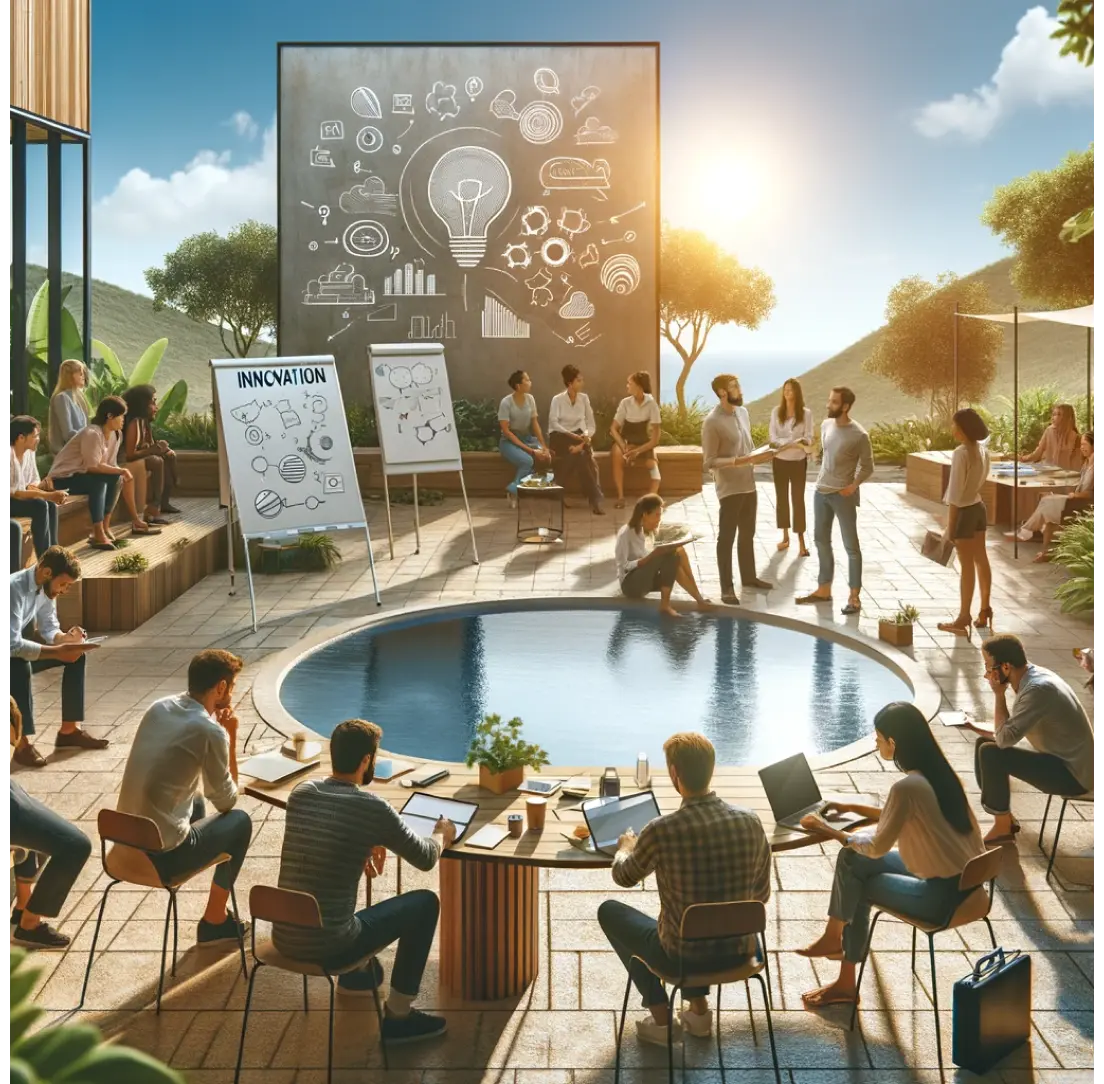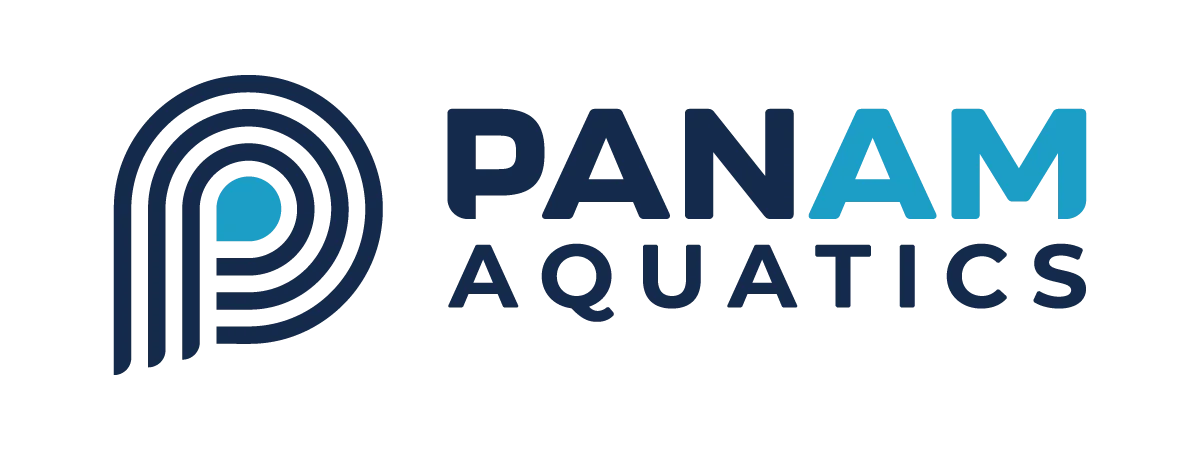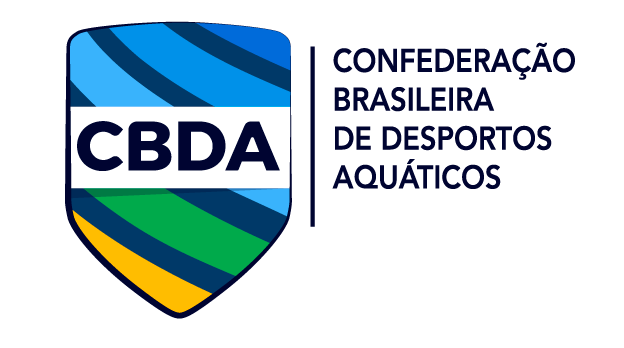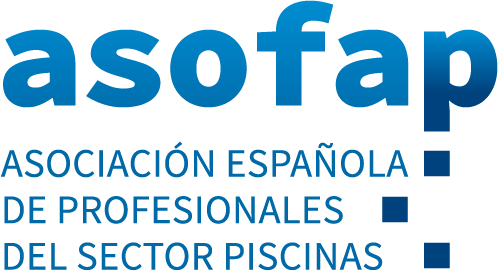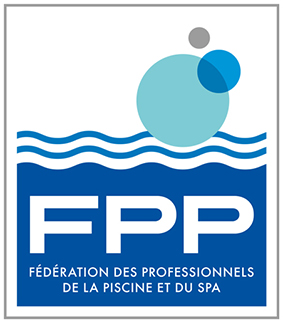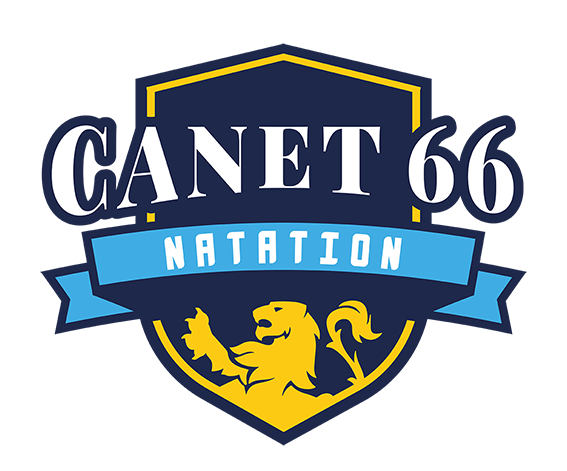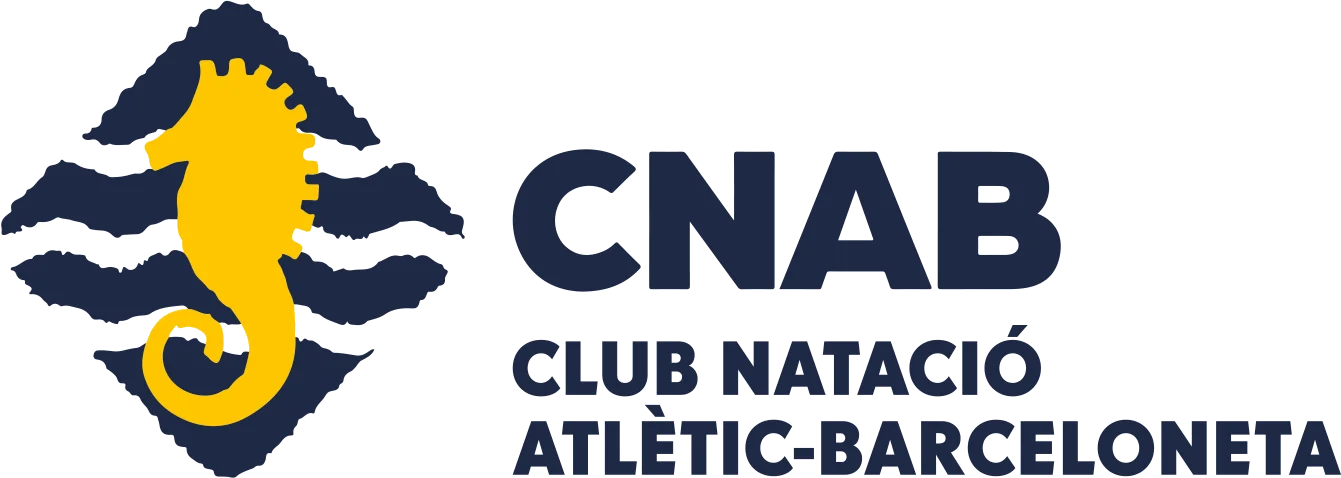Fluidra is a leader in the aquatic facilities sector.
We have a clear mission: to create the perfect pool & wellness experience responsibly.
Our extensive experience in the development of innovative products and services with prestigious brands is rooted in a comprehensive and efficient business model that adapts to our different regions and markets. We clearly differentiate the residential pool market and the commercial pool market, know about their peculiarities and needs, and adapt our offering accordingly.
Fluidra means integrated R&D, product design, manufacturing, distribution and – in the Commercial Business Unit- project management. This allows us to offer the best service to our clients bearing in mind the satisfaction of the end users.
We design, manufacture and distribute all the necessary components for the construction, rehabilitation, improvement and maintenance of all types of aquatic solutions.

R&D+I
Innovation is a fundamental part of the Fluidra Commercial Pool Division. We are constantly developing products and solutions to offer the highest standards of quality and efficiency to your projects.

Design
Fluidra offers complete 360º solutions by working hand in hand with our clients. We have a team of experts with extensive experience in the concept, design and implementation of aquatic projects.

Manufacturing
Our production centers set the benchmark in their category and operate with a single objective: operational and sustainable excellence.

Distribution
Fluidra has its own industrial and logistics network with multiple factories and logistics hubs worldwide to supply the right quantity of product when and wherever it is needed.
Project Management
Fluidra has professionals specialized in project execution who, from day one until delivery, control the correct execution of the project to deliver it on time, quality and cost planned.

After Sales
Fluidra offers a comprehensive on-demand after-sales service, ensuring the optimal condition of aquatic facilities and their equipment through technical maintenance and specialised monitoring.
R&D + i
R&D and Innovation is a fundamental part of Fluidra’s DNA. We consider user-driven product innovation essential for the culture and growth of a company. Fluidra has more than 220 engineers, designers and technicians located in all major markets.
Success in the pool space is contingent upon equipment being easy to use, easy to install, easy to service and most of all reliable. To ensure we have a balanced approached, R&D focuses on three pillars:

Quality
Rigorously meeting user and prescriber expectations

Value Improvement
Constantly improving products (cost, quality) across categories

Innovation
Incorporating a high level of innovation in its core products
Design
Fluidra offers complete 360º solutions by working hand in hand with our clients. We have a team of experts with extensive experience in the conception and design of aquatic projects to imagine your project together with you right from the start.
We propose a step-by-step approach that includes consulting, engineering and design, all in compliance with international standards and on time.
Our experts use some of the most advanced design tools and technologies throughout this process, including CFD (Computational Fluid Dynamics), Fluidra Live Virtual Reality (VR), and BIM (Building Information Modelling).

Consultancy
From the first meetings with the client, Fluidra offers advice, carrying out preliminary feasibility studies, general space distribution and user circuit definition.

Concept design
At the Concept Design stage we put forward unique, innovative ideas in line with the technical and financial framework set out in the project brief.

Development design
We add aquatic solutions and technologies to the design by defining the requirements for the technical rooms and providing the information needed to draw up an estimate for the project.
Detailed design
Fluidra joins the customer’s design team to develop every aspect of the aquatic solution, which includes units, systems and accessories, as well as managing any work in other environments. In this phase, the solution is modeled and the entire aquatic project is documented, including the location of all equipment and elements, construction details, floor and section plans, as well as detailed lists of materials and the PIM (Project Information Model).
Take a look at our specialized content ebooks
Manufacturing and distribution
Fluidra has its own industrial and logistics network with +40 factories in 12 countries and logistics hubs on different continents to supply the right quantity of our high-quality product when and wherever it is needed. Our production centers set the benchmark in their category and operate with a single objective: operational and sustainable excellence. The applied production technologies include plastics injection, lamination and winding, thermostatic blowing and rotational molding, metal processing, water treatment products, glass coating, and heat pumps and dehumidifiers.
Our network consists of +135 sales branches that offer support, supply and training to professional clients in more than 45 countries. Our wide range of products and solutions are manufactured and distributed under own commercial brands very well known in the industry, such as AstralPool, Zodiac, Jandy, Polaris, Cepex, Gre, CTX, Certikin and Piscine Laghetto.
Product quality is critical. Therefore, all products are certified through tests and controls during our in-house manufacturing process. Likewise, Fluidra has the corresponding certifications from each country and from external international bodies, such as ISO and EMAS.
Manufacturing and distribution
Fluidra has its own industrial and logistics network with +40 factories in 12 countries and logistics hubs on different continents to supply the right quantity of our high-quality product when and wherever it is needed. Our production centers set the benchmark in their category and operate with a single objective: operational and sustainable excellence. The applied production technologies include plastics injection, lamination and winding, thermostatic blowing and rotational molding, metal processing, water treatment products, glass coating, and heat pumps and dehumidifiers.
Our network consists of +135 sales branches that offer support, supply and training to professional clients in more than 45 countries. Our wide range of products and solutions are manufactured and distributed under own commercial brands very well known in the industry, such as AstralPool, Zodiac, Jandy, Polaris, Cepex, Gre, CTX, Certikin and Piscine Laghetto.
Product quality is critical. Therefore, all products are certified through tests and controls during our in-house manufacturing process. Likewise, Fluidra has the corresponding certifications from each country and from external international bodies, such as ISO and EMAS.
Project Management
Project management is the process of planning, managing and leading a team’s work and resources in order to achieve shared goals and successfully meet the project’s objectives.
A project manager helps turn an aquatic project into a success by managing the installation and supervision of the works end-to-end. The project manager schedules, coordinates, monitors and provides support from start to finish to all the different parties involved in the project while complying with the highest quality standards within the established timeframes.
Fluidra has a team of on-site project managers specialized in top-level aquatic projects. They are involved from the beginning of the design phase until the delivery of the project to ensure that work is executed correctly, keeping to the schedule and in line with the client’s wishes. They are also the contact point for the client throughout the project.

Contractual Knowledge
Familiarity with contractual needs and requirements.

Project Planning
Creating a detailed plan of the tasks required for completing the project.

Project Coordination
Directing, managing, and coordinating the project from the design phase to the execution phase, ensuring transparency in terms of time, cost, and quality.

Document Management
Management of the documentation associated with the project.

Task Scheduling
Establishing the work schedule.

Monitoring and Supervision
Controlling and monitoring the project implementation, correcting any possible deviations.
Corporate Venturing
Fluidra Lab is the Open Innovation and Corporate Venturing program of Fluidra and aims to foster innovation by connecting various stakeholders, including startups, research institutions, and industry experts, to drive advancements in the pool and wellness sector.
Fluidra Lab facilitates the development of innovative products and solutions through collaboration and investment, supporting the company’s strategic goals in optimizing resources, enhancing pool experiences, and integrating smart technologies.
Fluidra has also launched a €20 million Corporate Venture Capital fund, Fluidra Ventures, to invest in startups specializing in the pool and wellness sector. This fund aims to lead innovation within the industry, providing financial support and strategic partnerships to emerging companies.
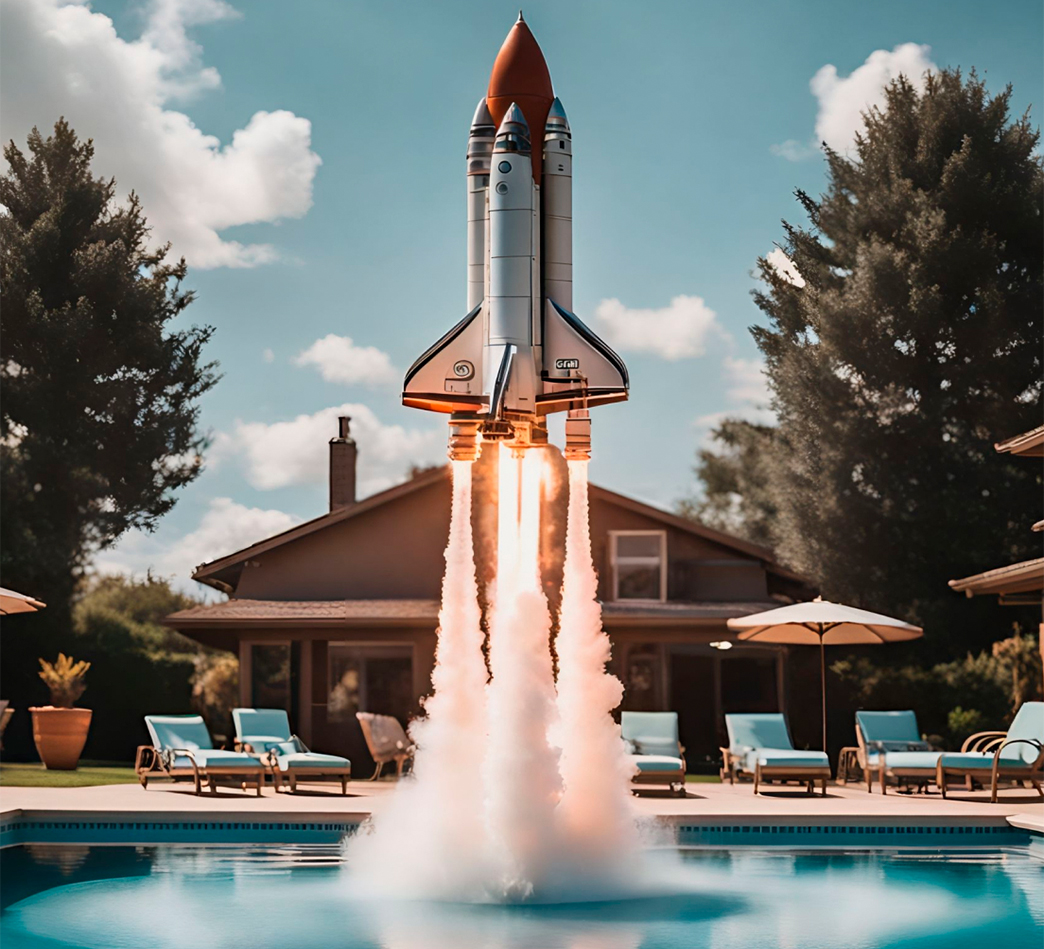
Intrapreneurship
Fluidra Innovation Challenge is the intrapreneurship program of Fluidra, an initiative that aims to foster a culture of innovation within the company by empowering employees to develop creative solutions to real-world challenges faced by the organization.
Participants in the Fluidra Innovation Challenge are encouraged to implement an entrepreneurial mindset and work on projects that align with Fluidra’s strategic objectives.
The challenge is divided into several phases, including idea generation, project development, and a final pitch presentation. Throughout the process, participants receive support and mentorship from industry experts and Fluidra leaders, enhancing their skills and ensuring the viability of their ideas.
The most promising projects receive further investment and development support to implement it in business and demonstrate its market impact.
